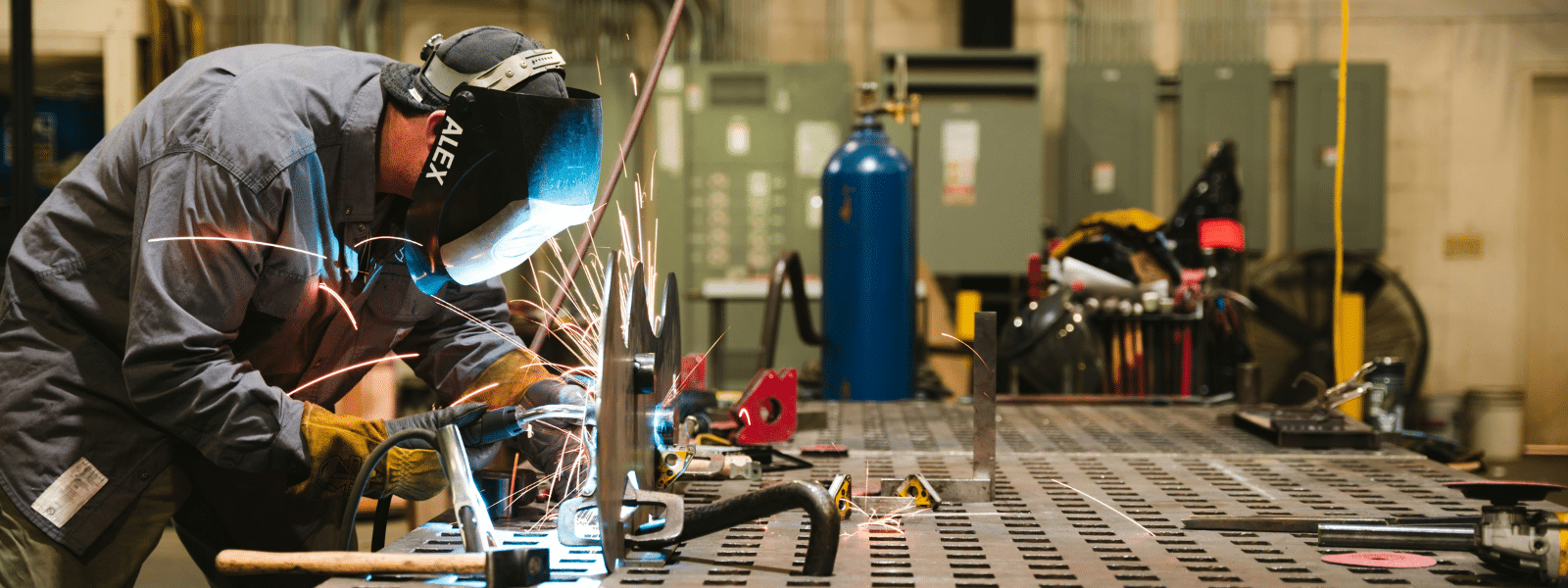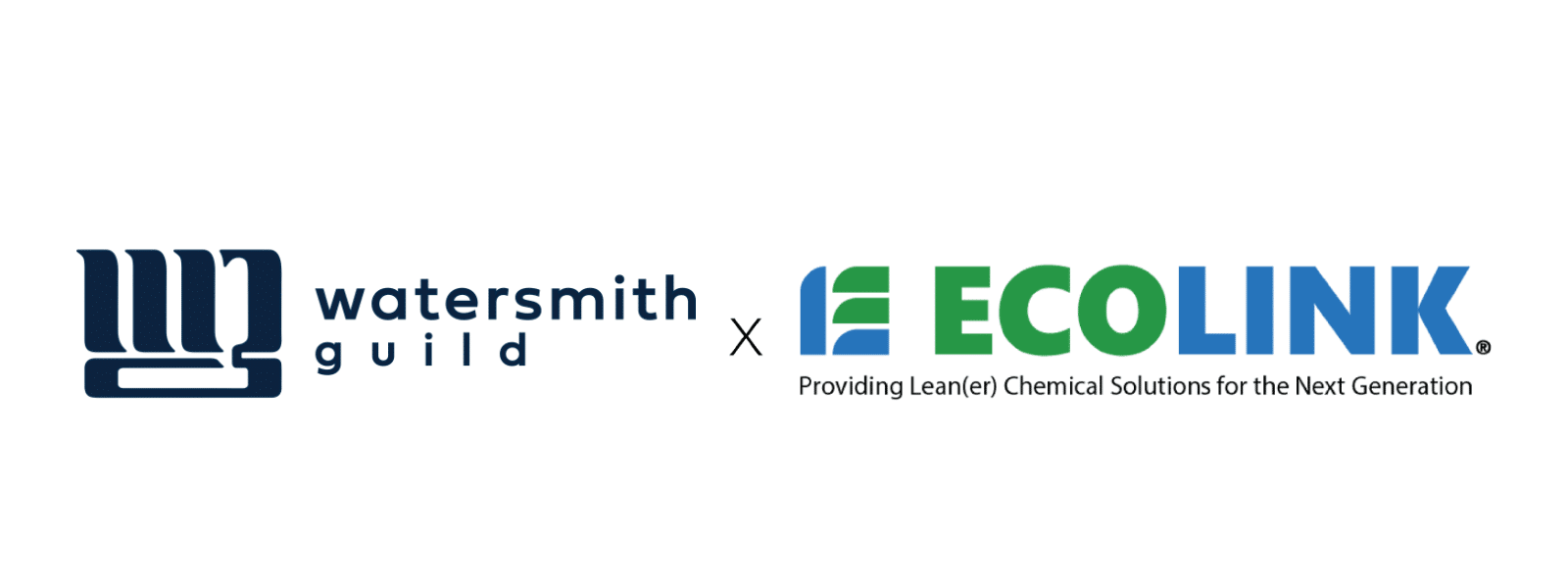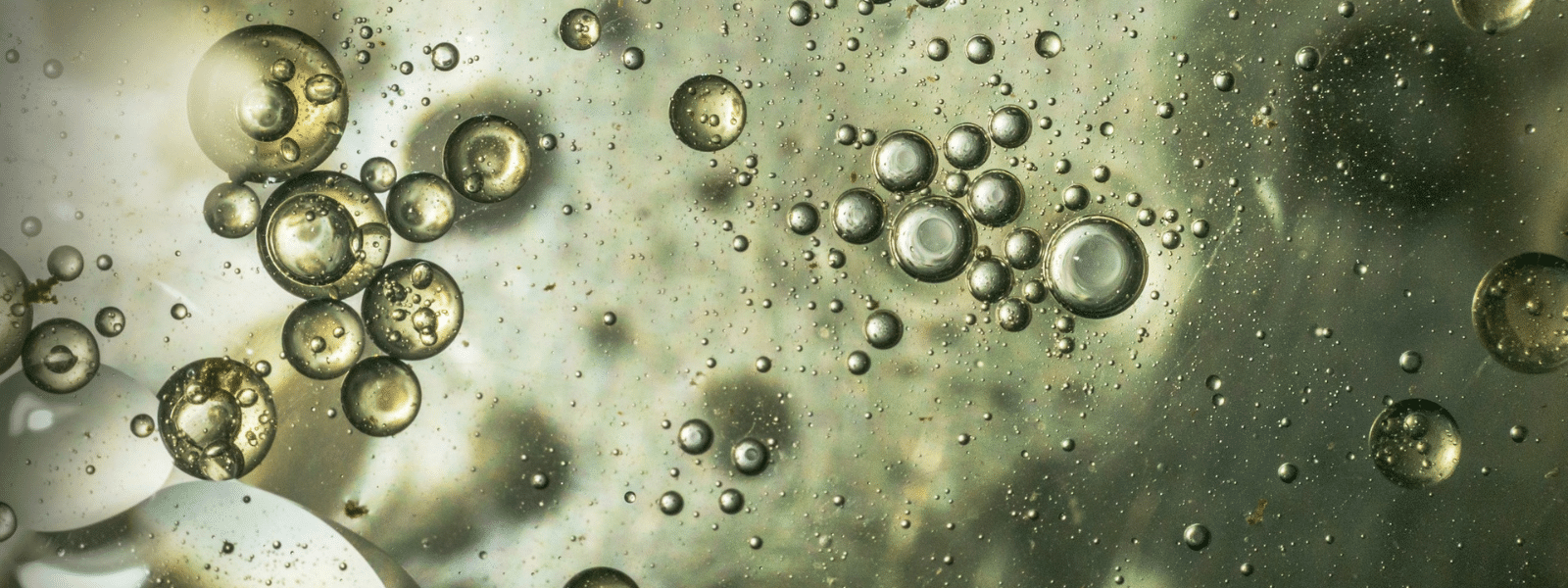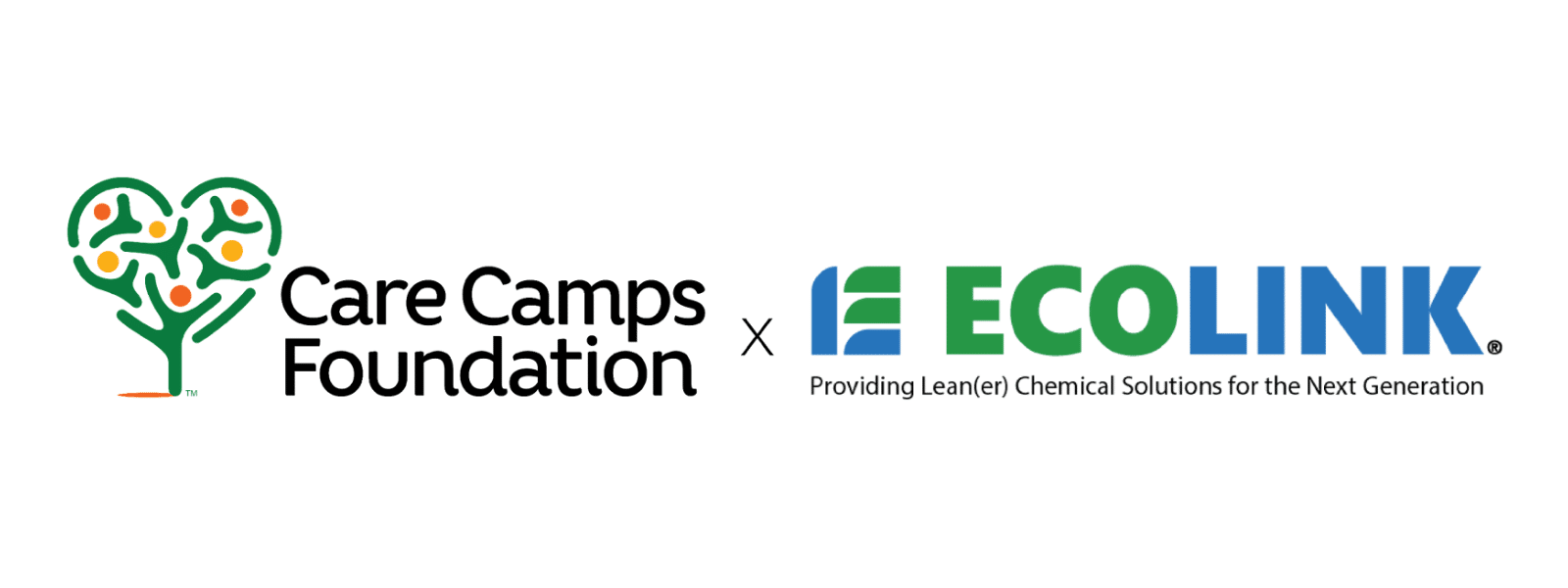n-Propyl Bromide (nPB) also known as 1-Bromopropane or (1-BP), CAS # 106-94-5 is a brominated hydrocarbon solvent used in a variety of industrial applications, e.g. hand wipe, vapor degreasing, Ultrasonic cleaning, non-destructive inspection and aerosol dispensers commonly consumed for cleaning and degreasing among Aerospace, Electronics, Metal Working, Precision Optics, Asphalt Extraction (Bituminous Asphalt) and to clean and remove microbial contaminants from medical devices and instruments, orthopedic implants, treatment of needles and canola lubricant carrier fluid as well as critical cleaning of oxygen and gas lines.
The use of nPB solvent significantly increased when halogenated solvents such as 1,1,1 Trichloroethane (TCA) ad Tetrachloroethene (PCE) were banned in the early 1990s. Fast forward, 20 + years later, and nPB solvent has undergone considerable health and safety analysis on the potential harm to the reproductive and nervous systems. It can enter your body when you breathe its vapors or drops of spray in the air or can enter your body through your skin.
Further studies by the National Toxicology Program (NTP) and Environmental Protection Agency (EPA) have explored damage to the liver and potential carcinogenicity or cancer. in early 2012, the American Conference on Governmental Industrial Hygienists (ACGIH) released a notice of intended Change to reclassify 1-BP or nPB as a “Confirmed Animal Carcinogen With Unknown Relevance to Humans” and to lower the threshold limit value time-weighted-average (TLV-TWA) from 10 PPM to 0.1 PPM.
More recently during March 21-22, 2013, NTP health scientist Diane Spencer walked the panel through the science of 1-bromopropane, which is a solvent used as a cleaner to degrease electronics and metals,. The panel agreed that the chemical is significant to public health.
Because there were no human studies to consider, Spencer presented the animal data showing the substance caused skin tumors in male rats, large intestine tumors in male and female rats, and lung tumors in female mice. Reviewer Terry Gordon, Ph.D., of the New York University Langone Medical Center, agreed with the data presented, saying he felt the rodent data were biologically relevant to humans, but remained puzzled by the different gender effects.
Although there was little mechanistic data available, the panel generally agreed with NTP conclusions on the genotoxicity data. They felt the overall evaluation was an effective synthesis of integrating the metabolic, genotoxic, and mechanistic data with the carcinogenicity results. The panel also discussed the role that immunosuppression may play in tumor development in animals. “Immunosuppression needs to be mentioned and emphasized more in the document,” said Paul White, Ph.D., of Health Canada, with concurrence from MaryJane Selgrade, Ph.D., of ICF International.
The panel unanimously voted to list 1-bromopropane as reasonably anticipated to be a human carcinogen, based on the animal studies presented by NTP.
Numerous nPB suppliers “still” promote nPB as an ideal drop-in replacement for chlorinated solvents: Trichloroethylene (TCE) and Perchloroethylene (PERC) which is the equivalent of comparing music cassettes as a drop-in replacement to 8-Tracks and Vinyl Record.
Do you need to upgrade to CD or MP3?
Call the Ecolink team at 800-563-1305 or email to explore safer alternatives for removing nPB solvent hazards from your work environment before its too late. Current exposure limits are 10 PPM (parts per million) with 0.1 PPM proposed by the American Conference of Governmental Industrial Hygienists.
While many of the replacement technologies cost more per gallon or pound, the lifecycle cost is significantly less expensive and MUCH safer [chemical cost + performance + energy + regulations + regulations & exposure limits + toxicity + environmental impact + disposal costs + impact on property and casualty insurance + process time].
Who can put a price tag on workers’ health and safety?














